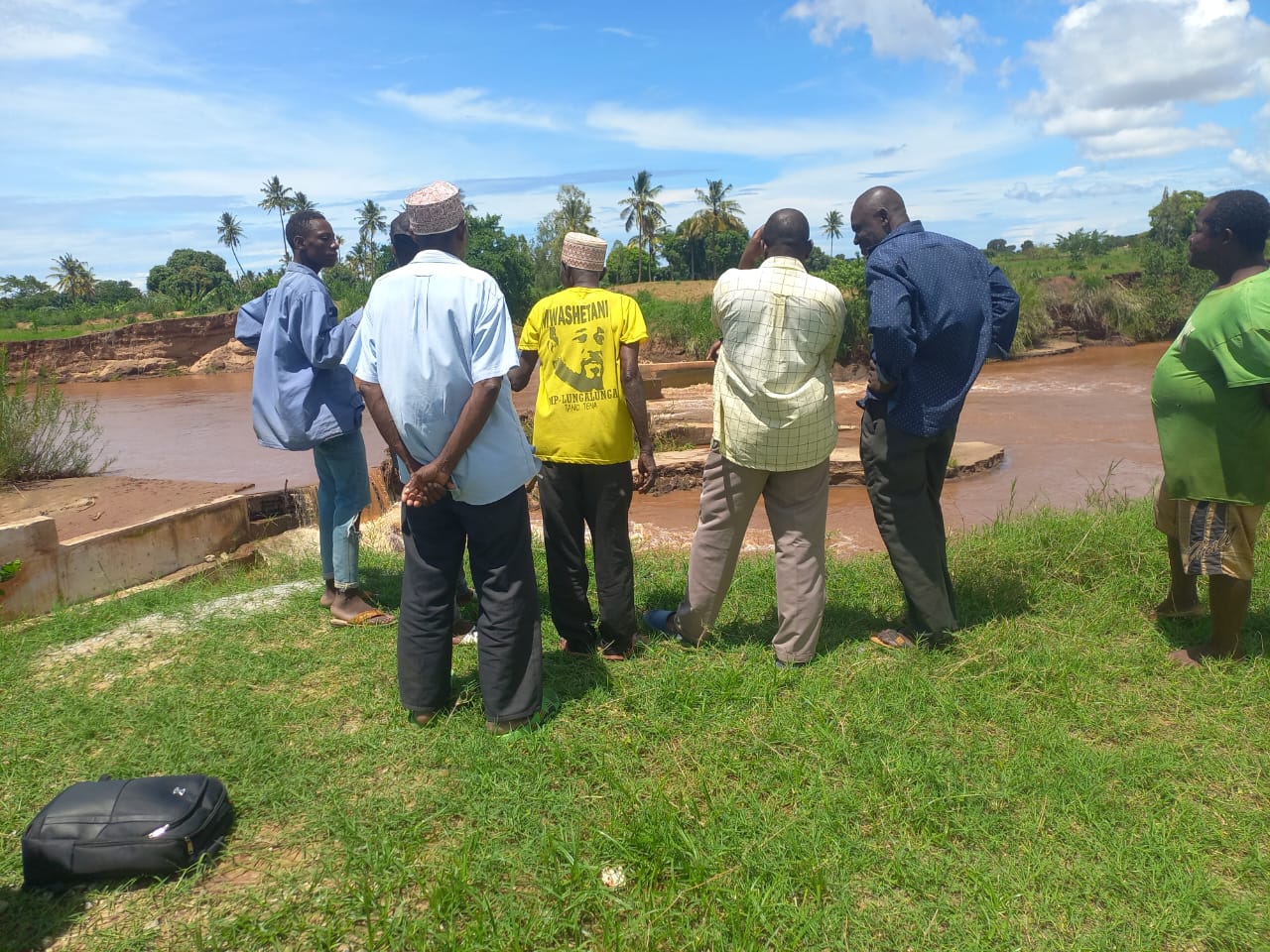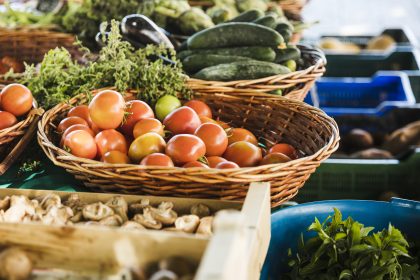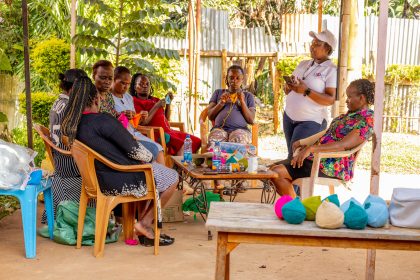In Vanga Bay, Kwale County, the sea seeps into daily life, saltwater flooding the fields, tainting rice farms, resulting in malnutrition, overfishing, collapsed incomes, ruining lives and livelihoods.
Mwanasiti Hassan Ali is crouched in a rice paddy, weeding field, chasing birds in her one-hectare farm in Vanga, Kwale County. A rice farmer for over a decade, she has only recently returned to her fields after a six-year hiatus, after River Umba, the main source of irrigation, changed its course, “and suddenly, there was no more water,” she says. “We had to stop.”
With floods in Vanga, sea water penetrated the farms, causing salinity, which affected rice farming. Some like her opted for maize, which failed, and she reverted to rice again.
Ali is one of only 20 farmers out of more than 400 in the Vanga Bay irrigation scheme who have dared to plant rice again. The others have given up, discouraged by years of failure and worsening saltwater intrusion that has turned their once-productive paddies into barren fields. Even with the attempt, Ali isn’t sure if her current effort will yield six bags—far less than the 20 she once harvested per season years before.
“This time seven years ago, this scheme would be beaming with padded fields of rice,” she says.
Just a few kilometres away in Jego village, Saidi Jambia Mohammed, a rice farmer for over 20 years, stands on what was once a thriving three-acre rice farm six years ago.
“The river that sustained us just changed direction. We watched helplessly,” he says.
Vanga Bay sits directly on the Indian Ocean, making it vulnerable to saltwater intrusion
In 2019, the farmers submitted a proposal for River Umba’s rehabilitation. The government, supported by a private investor, allocated Ksh379 million ($2.9 million). But residents say the work done was substandard, and the contractor disappeared. The river continues its new course, leaving behind shattered livelihoods.
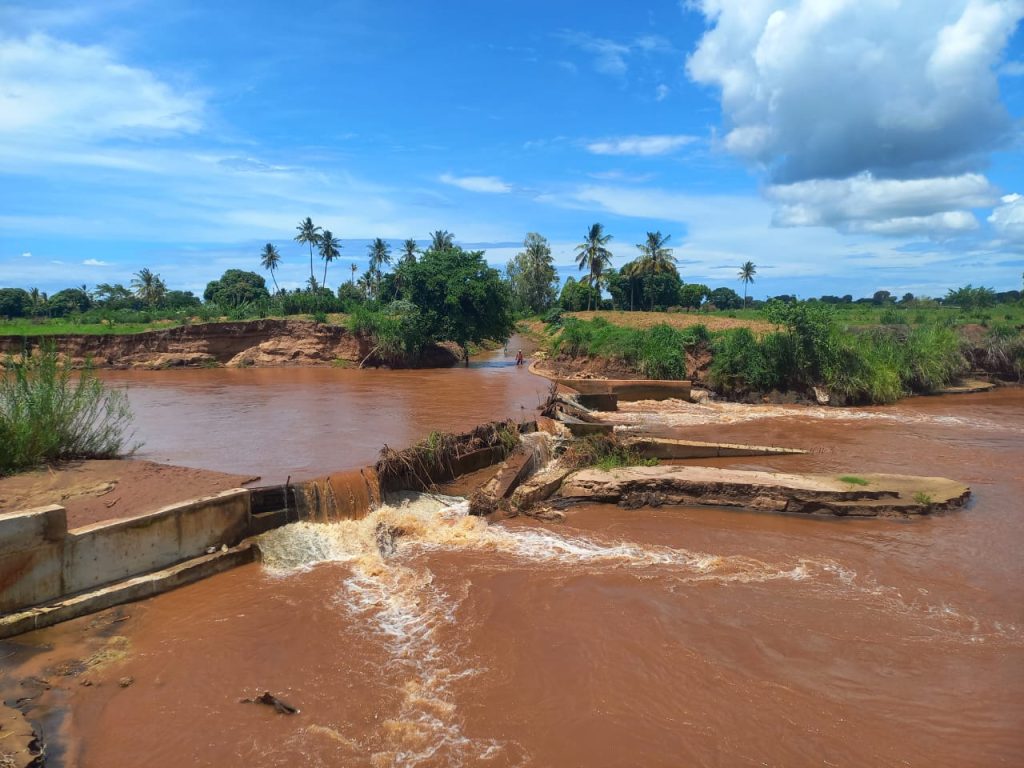
“We haven’t seen any changes. That was our money; we are taxpayers, and it’s gone. The wall built to divert the river has already collapsed,” Mohammed says bitterly. “We used to feed our families and educate our children. Now we have turned from farmers to beggars.”
The coastal geography of Vanga Bay sits directly on the Indian Ocean, making it particularly vulnerable to saltwater intrusion. Floods and rising sea levels have allowed saline water to seep into farms and freshwater canals. Even drilled wells offer no solution—the groundwater is also salty.
Juma Bandika, a rice farmer for over 30 years in Vanga village, is calling for a lasting solution and avert turning residents from famous rice farmers to fulltime beggars.
Shee Bakari Kassim, who owns two hectares, supports this view, lamenting that rice farming in Vanga changed so much farmers are now left like orphans.
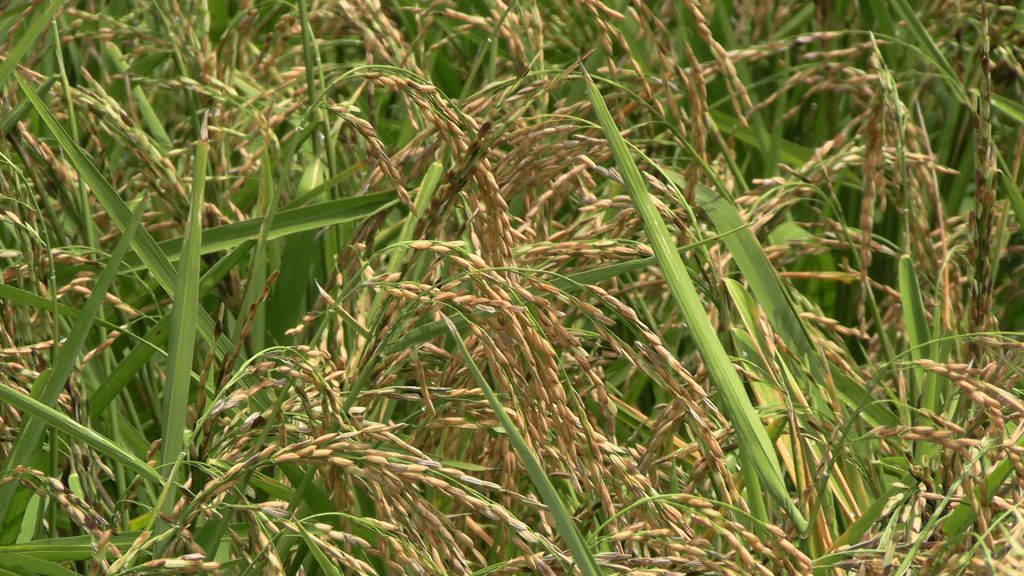
Rice is the staple food for Vanga residents and Kwale County. The surplus was sold to other coastal counties. Vanga once boasted five irrigation blocks—Wagga (105 hectares), Machame (75 hectares), Vichingini (65 hectares), Matoroni (70 hectares), and Mpepeni (75 hectares). Today, they lie fallow due to seawater intrusion- that movement of saline water from the ocean into freshwater systems. When seawater moves inland, the salt it contains can wreak havoc on farmlands, ecosystems, lives and livelihoods.
Saeed Mwaguni, a professor of environmental science at the Technical University of Mombasa, confirms that sea level rise is intensifying the salt crisis. He explains that over-pumping groundwater creates low pressure zones that allow seawater to rush in. With coral-based coastal geology, this causes problems by allowing seawater to travel through cracks in the ground with little resistance.
Salinity is now affecting even staple crops like cassava, maize, tomatoes and rice
“In places like Vanga, any sea-level rise forces water inland. That’s how saltwater gets into farmland,” explains Prof Mwaguni.
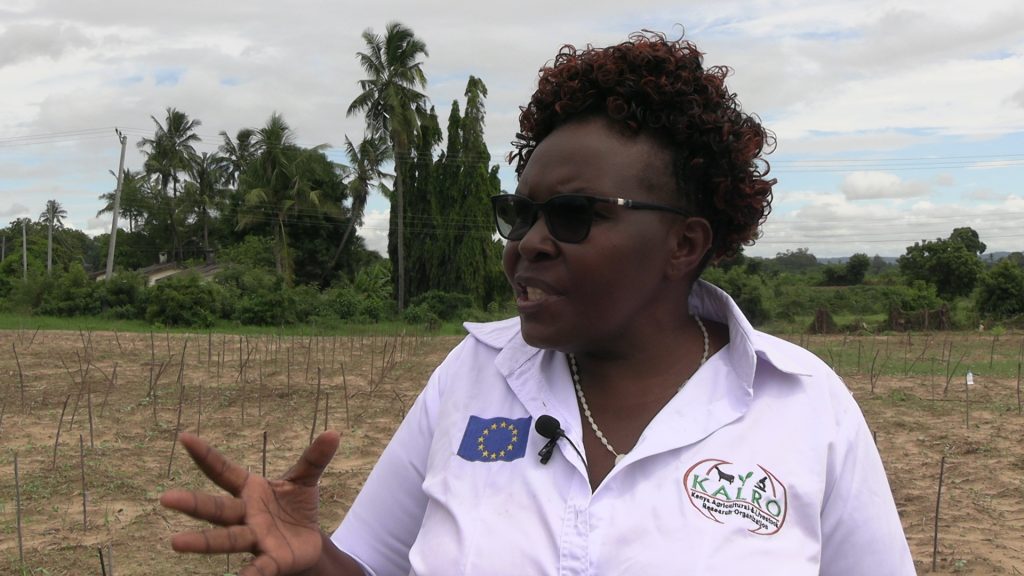
Clotilda Nekesa, a research scientist at Kenya Agricultural and Livestock Research Organization (KALRO), adds that salinity is now affecting even staple crops like cassava, maize, tomatoes and rice. Excessive irrigation also creates soil salinity problems. “Farmers report yellowing leaves and stunted growth,” she says.
According to Nekesa, the ideal soil pH for crops is six to seven, but coastal regions are naturally acidic. “Add salt to that, and it’s a disaster,” she adds.
With rice farming no longer viable, residents are turning to fishing. But this, too, has limits. Mohammed Feruz, a farmer and activist, warns that the sudden migration to the sea is already straining marine biodiversity. “We are all fishing in the same spots every day. Fish stocks are going down. Prices are collapsing,” he says.
The dietary consequences are severe. “Our plates used to have rice, vegetables and even fish. Now, it’s just whatever we find. Malnutrition is creeping in,” Feruz adds.
The ripple effect is massive, with more than 15,000 residents affected. The community now contends with an estimated annual loss of Ksh98 million ($0.8 million) in rice income.
Nothing has changed, the river is still where it shouldn’t be, and our canals are dry
While Kwale County officials acknowledge the problem, many farmers feel abandoned. County Agriculture Executive Roman Shera says efforts have been made to address the salinity, including identifying highly saline rivers like Ramisi and attempting to rehabilitate River Umba.
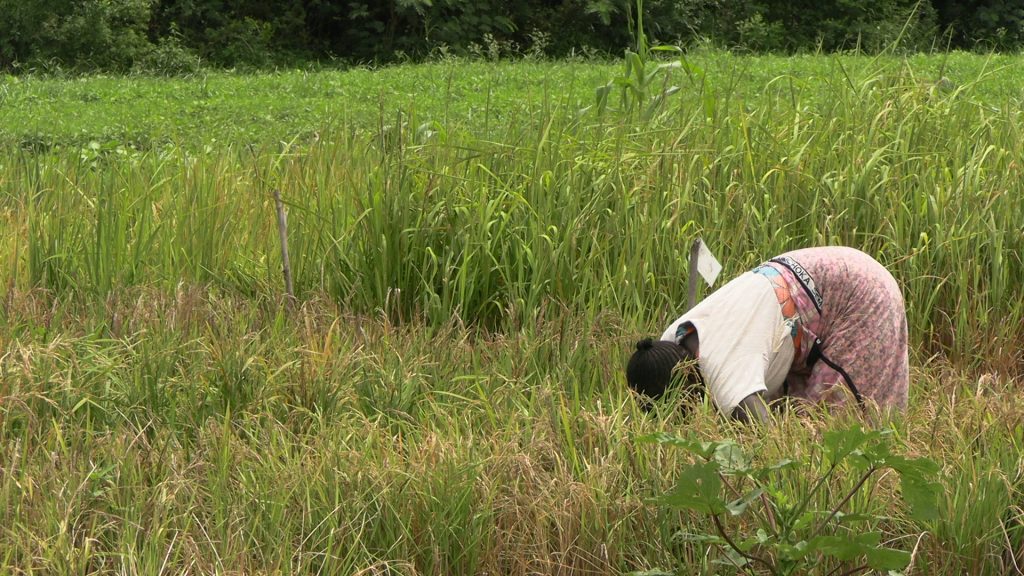
But farmers on the ground say the rehabilitation has made no visible difference. “Nothing has changed. The river is still where it shouldn’t be, and our canals are dry,” says Shee Bakari Kassim.
There is some hope. Dr Simon Omondi, Director at KALRO, notes that the institution has developed salt-tolerant rice varieties such as CSR 36, Mkombozi and Komboka in partnership with the International Rice Research Institute (IRRI). These varieties can survive in both saline and rain-fed conditions.
“We’ve started rolling these out, but a coordinated, multi-stakeholder approach is needed to reach all affected communities,” Dr Omondi says.
Farmers are also being advised to apply organic matter to improve soil quality, mulch their fields and limit saline irrigation.
The saltwater crisis in Vanga is more than an agricultural and climate change challenge. This is a public health, economic and social crisis. The collapse of the rice sector is disrupting food systems, undermining income security and forcing an over-reliance on fishing that is unsustainable.
Solutions do exist, but they require attention, urgency and accountability. What’s happening in Vanga is not just a warning for Kenya’s coast, but a preview of what climate change could bring to many communities across Africa if ignored.
This story was first published by Willow Health Media on May 31, 2025.



